Beast from the East II could blast Derry - polar vortex moving in from Arctic Circle
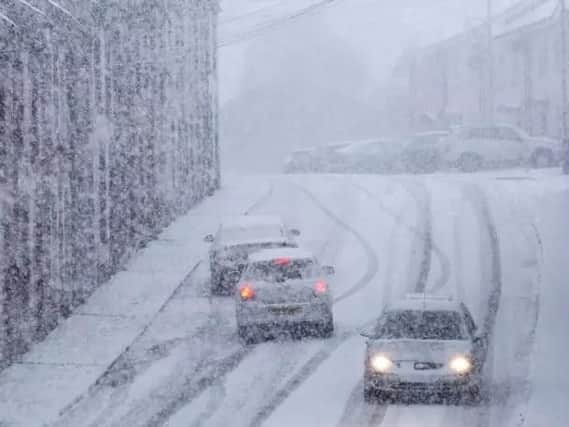

The 'Beast from the East' caused chaos across Derry and other parts of the North in February and March last year.
Like the 'Beast from the East', a weather system contained within the Scandinavian part of the Arctic Circle, is moving towards the North of Ireland.
Advertisement
Hide AdAdvertisement
Hide AdThe current Scandinavian blast is being driven by what experts call a Sudden Stratospheric Warming (S.S.W.).
The Met Office have warned against possible snowfall and freezing cold temperatures as a result of the S.S.W.
The S.S.W. is currently underway and as a result a displaced polar vortex from the Arctic Circle is gradually edging closer to Derry and other parts of the North.
"There is a risk of some hill snow in the north, but perhaps to lower levels at times too," said the Met Office on its official website.
Advertisement
Hide AdAdvertisement
Hide AdIn reference to the second half of January, the Met Office warned of "severe gales", "heavy rain" as well as an "enhanced risk of frost, fog and snow".
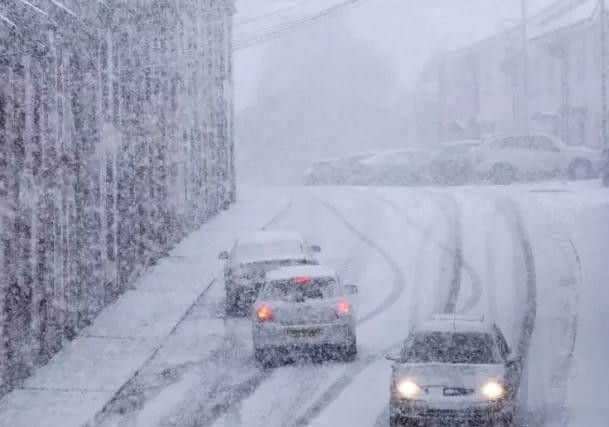

"It is likely start unsettled across most areas at first, with perhaps heavy rain and gales at times, especially in the north, where severe gales are possible.
"Hill snow is also possible, as well as snow to lower levels at times in the north.
"By the third week of January there is then an increased likelihood of a change to much colder weather generally, bringing an enhanced risk of frost, fog and snow.
Advertisement
Hide AdAdvertisement
Hide Ad"These conditions may then continue to the end of the month, but some milder, wet and windy interludes also remain possible throughout this period."
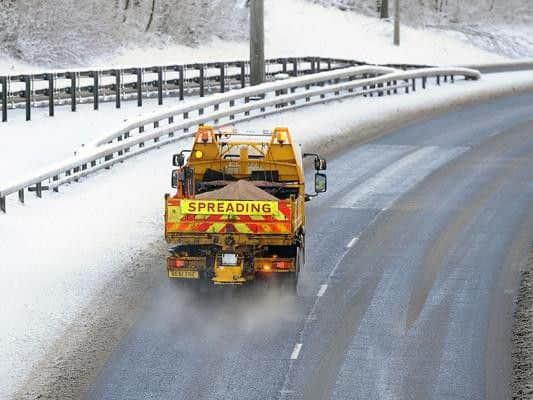

What is a S.S.W.?
The term SSW refers to what we observe - rapid warming (up to about 50 °C in just a couple of days) in the stratosphere, between 10 km and 50 km up.
Jet streams high up in our atmosphere, in both the northern and southern hemisphere, circumnavigate the Earth from west to east. One of these, the Polar Night Jet, circles the Arctic.
Sometimes the usual westerly flow can be disrupted by natural weather patterns or disturbances in the lower part of the atmosphere, such as a large area of high pressure in the northern hemisphere.
Advertisement
Hide AdAdvertisement
Hide Ad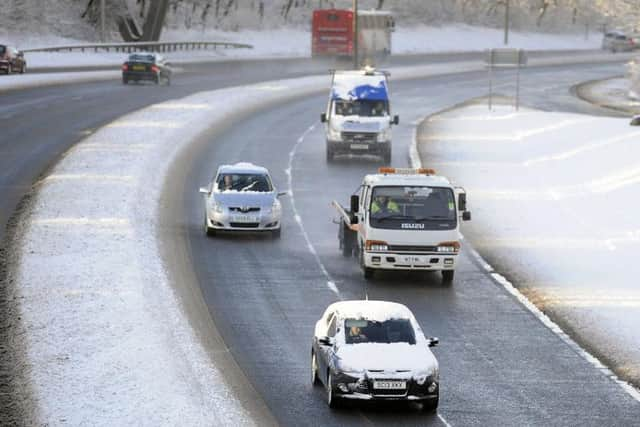

This causes the Polar Jet to wobble and these wobbles, or waves, break just like waves on the beach.
When they break they can be strong enough to weaken or even reverse the westerly winds and swing them to easterlies.
As this happens, air in the stratosphere starts to collapse in to the polar cap and compress.
As it compresses it warms, hence the stratospheric warming.
What is a Polar Vortex?
The polar vortex is a circulation of winds high up in the stratosphere, up to 30 miles (50 km) above the earth.
Advertisement
Hide AdAdvertisement
Hide Ad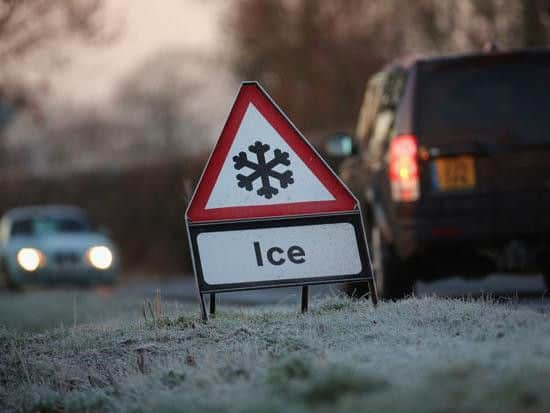

It is present in winter, and is not a new phenomenon, scientists have known about it for many years.
The winds regularly exceed 155 miles per hour (250 km per hour) – the strength of the winds in the strongest hurricanes (known as Category 5).
During the winter it can strengthen and weaken. These changes exert an influence lower down in the atmosphere and ultimately on our weather.